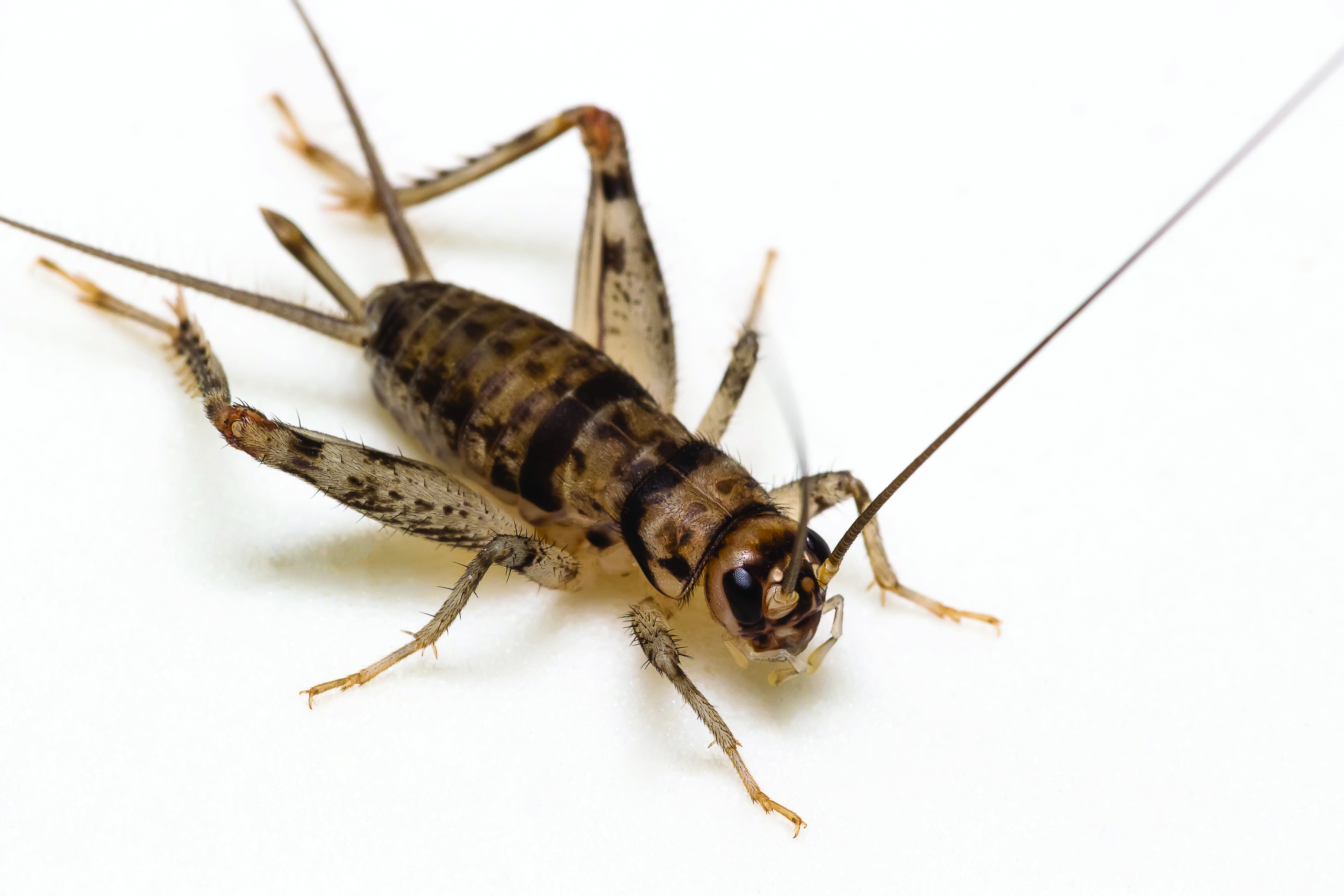I have crystal-clear memories of a junior-high “survival day” outing, standing in the cool woods and breathing in the scent of bonfire and frying butter. As part of the excursion’s activities, we experimented in entomophagy: Each student ate a maggot fried in butter and a cricket sautéed in soy sauce. While the curdled, gummy maggot was revolting, I was pleasantly delighted by the piping-hot cricket. Happily crunching away, I had no idea I was consuming the food of the future.
America is late to the party when it comes to eating bugs, but we’re catching up. According to the World Health Organization, more than a quarter of the world’s population in Asia, Africa and Australia regularly munches on the crawly creatures in both daily and haute cuisine. The West, however, has never been much of a bug-eating culture.
Why? The smaller size of the American continents resulted in less biodiversity, and without as many bugs to eat — or a real need to eat them — they came to be considered pests. As a result, our evolved reaction to eating insects tends to be one of disgust, rather than pleasure. This is instinctive, but it’s not based in any sort of logical reason or schema, writes Ligaya Mishan in T: The New York Times Style Magazine: “We’re quick to down slippery oysters, stinking cheese and hot dogs made of entrails unknown, but we shy from anything that might once have crawled, hopped or hovered over a picnic blanket.”

Photography by Spacecrafting
One urban farm hopes to convince Northerners not only that bugs are tasty but that eating them is good for their health and the earth. 3 Cricketeers, Minnesota’s first family-owned company to raise crickets for human consumption, produces its insects in a warehouse on the border between Edina and St. Louis Park. Husband-and-wife team Chad and Claire Simons, he an environmental-law attorney and she a registered nurse, originally launched the business in 2016 in their basement as a passion project.
“Working with clients in environmental defense and nature conservancy opened my eyes to the effects agriculture has on the environment,” Chad explains. “I had considered insect protein for many years, but it wasn’t until our son brought home a chocolate-chip cookie made from cricket flour that I realized insects had the power to go mainstream. We realized that cricket protein is not only immensely sustainable and mild-tasting but could be delicious and significantly more nutritious than other animal- or plant-based protein on the market.”

With support from University of Minnesota entomology professor Sujaya Rao, who hosted the cricket startup at the Minnesota State Fair last year, the Simons have spent five years developing an urban farm, traveling to Ecuador and other insect-eating places to learn about production then building an efficient model for breeding insects. They aren’t alone in hopping on the bug bandwagon: Small cricket farms are cropping up across the country, and the already $55-million American market is expected to grow by 43% in the next five years, according to research firm Global Market Insights.
“Twenty years ago, the idea of eating raw fish or making kombucha from a little ball of living bacteria would have produced the same ick factor that eating crickets does today,” says Claire. “We need to get on board, though. In the next 20 years, we’re going to see cricket restaurants, just like we see sushi restaurants today. The cricket is essentially the shrimp of the land.”

Here’s the thing: Crickets are a bizarrely magical form of protein, somehow superseding nearly all other forms of protein on the market with a minimal ecological impact. For those who give a hoot about where their food comes from, it would be a tough task to find anything better for your body and for the earth. Raising reasonably priced beef requires substantial acreage for grazing as well as immense quantities of feed and water, whereas raising insects requires a fraction of those commodities for nearly the same amount of edible protein.
“Nutritionally, they’re a one-stop shop,” Chad says. “Very little of the insect is wasted. You eat the whole cricket, which is 67% protein.” With protein, healthy fats, vitamins and minerals, the bug has even been deemed “nutritionally preferable” to beef, pork and chicken, according to a European Journal of Clinical Nutrition study.

Your ears trick you when you walk into the sparkling clean, whitewashed 3 Cricketeers urban farm. Despite the warehouse space’s modern appearance, the gentle chirp of crickets makes you feel like you’re standing in a field at sunset.
“Cricket protein is produced much more humanely than animal protein,” notes Chad. After the crickets have matured, they are humanely frozen until they fall asleep without pain, just as they fall asleep in stasis each winter to hibernate. The bugs are then dehydrated and milled into a mild-tasting flour that can be used for soups, smoothies, baked goods and the like.
The Simons plan to scale 3 Cricketeers to not only produce crickets for the average consumer but also to show at-home farmers how to produce their own insects. And with this kind of momentum, there just might be crickets on offer at your favorite neighborhood restaurant, coffee shop or grocery store sooner than you think. “We already have the Paleo diet, the Atkins diet, the vegan diet,” says Chad. “Now it’s time for the cricket diet.”


